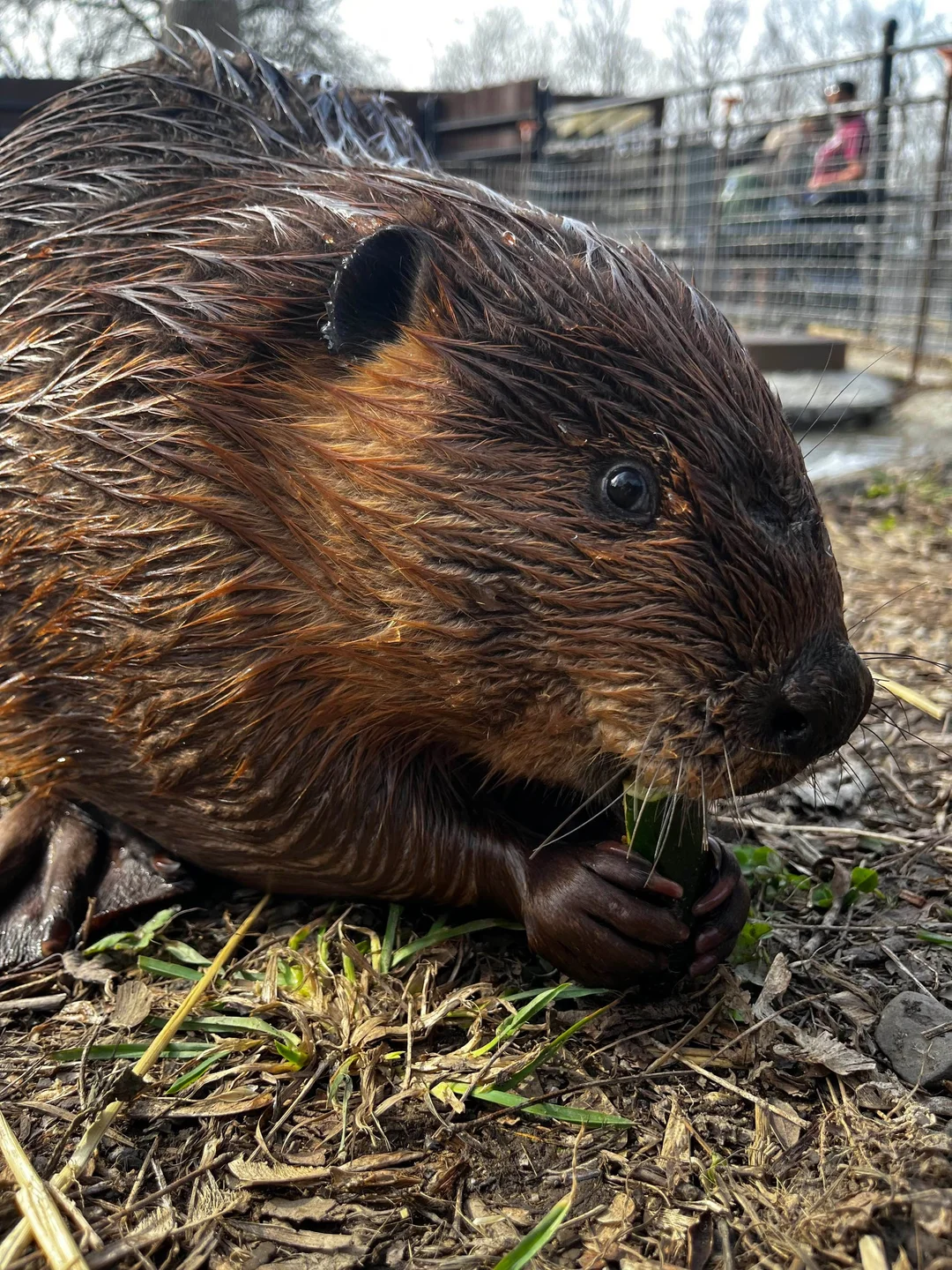
The Unlikely Escape Of Cauliflower: Utica Zoo’s Beaver Mystery
The Utica Zoo is currently at the heart of an unusual and pressing search: the quest to locate Cauliflower, a young male American beaver who recently disappeared from his exhibit. The case of the missing beaver is drawing attention not only from animal lovers but also from the broader community, highlighting both the challenges and unique bonds formed within captive animal care.
Only a few weeks ago, the zoo proudly welcomed a lively trio of American beaver siblings—Cauliflower among them—from the Minnesota Zoo. Their playful presence had quickly become a delight for staff and visitors alike, a sign of the successful start in their new home.
The narrative took a sudden turn when, late on a Wednesday, zoo personnel discovered Cauliflower had managed to slip out of his enclosure. The team leapt into action, invoking a "Code Blue"—an emergency response for non-dangerous animal escapes. Initial sightings of Cauliflower near the Rotary Pavilion spurred a full-scale search using humane live-traps and trail cameras. Despite swift and dedicated efforts, the search for Cauliflower continues, with no confirmed sightings since.
What’s remarkable is the collaboration unfolding across agencies and the public. The Minnesota Zoo, where Cauliflower was born, remains closely involved, offering expertise and support. Utica Zoo is teaming up with local organizations, police, environmental agencies, and wildlife rehabilitators, underlining the network required in today’s animal care and conservation landscape.
General Curator Jackie Gregory emphasized the vital role of this partnership: “The curator [in Minnesota] has been incredibly supportive and has provided valuable insight and training tools that could assist in retrieval efforts.” It’s a reminder of how interconnected modern zoos and animal conservation efforts have become.
There’s hope on the horizon. With 67 acres of wooded land and natural water sources within the zoo, experts remain optimistic. Meanwhile, the public is urged to be vigilant, as beavers are most active during dawn and dusk hours. It’s also an opportunity to educate—a beaver can reach 3-4 feet and 40-70 pounds, armed with a flat, strong tail and yellow teeth, clearly distinct from the more common woodchuck.
This incident also brings to light natural beaver behavior. As Gregory explains, “Beavers are known for strong family bonds, but it is natural for young males to disperse around age two to find a mate and establish their own territory.” While Cauliflower is neutered, his urge to explore may echo age-old instincts. For now, his two sisters remain off-exhibit, and the habitat is being reinforced against further escapes.
The disappearance of Cauliflower serves not only as an urgent chapter in Utica Zoo’s story but as a reflection on animal instincts, community involvement, and the unpredictable nature of wildlife—even in the safest of havens.
What do you think about Cauliflower’s adventure? Have you ever witnessed wildlife on the move? Share your thoughts and experiences in the comments below!